Bonded Composite Restorations
Repairing Worn or Chipped Teeth
Bonded Composite Restorations are the safest, most biocompatible and conservative way of restoring decayed, fractured and/or worn teeth; returning the tooth back to health, and function as well as providing a highly aesthetic appearance.
Composite restorations are versatile tooth coloured filling materials composed of strong plastic and glass particles that are used by our dentists or dental therapists to seal deep fissures, fill cavities, and sometimes restore extensively broken down teeth.
Excitingly these restorations may be used as less invasive alternatives to more traditional crowns and inlays which require the more extensive preparation of teeth, and can be used to make cosmetic changes to teeth.
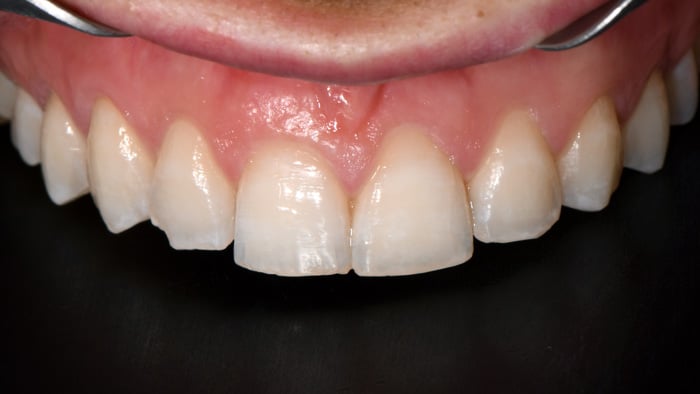
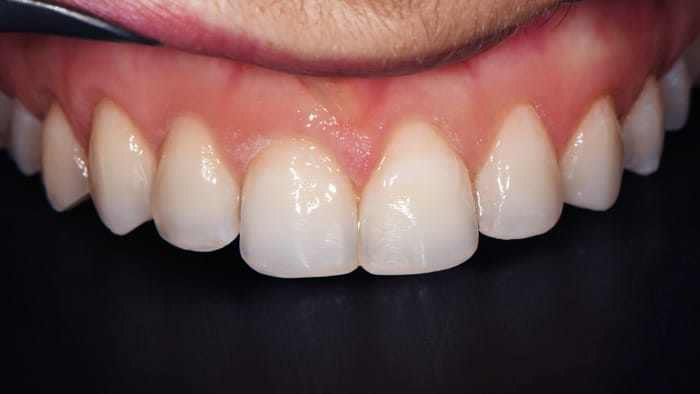
This young patient suffered from grinding habits and a high acidic diet. This resulted in tooth wear which was restored with bonded tooth coloured restorations. This treatment not only reestablishishes the teeth to their original shape and colour, but protects the teeth from further damage.
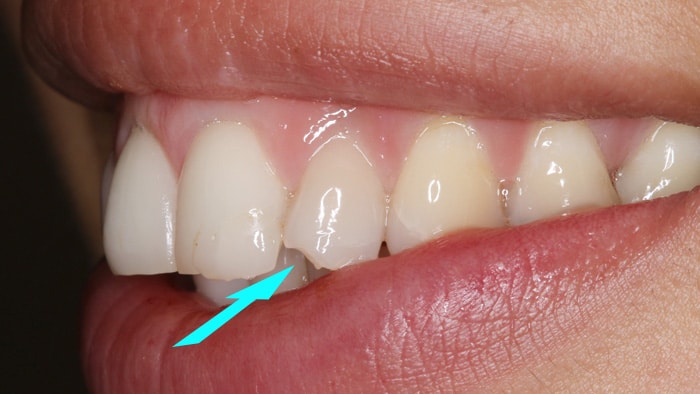
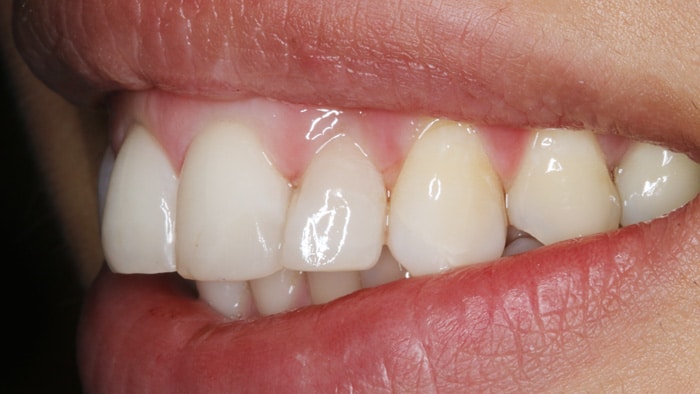
As a result of a minor fall, this patient found that her front tooth had chipped. She felt self-conscious about how it looked and was delighted to have it immediately repaired with a bonded composite.
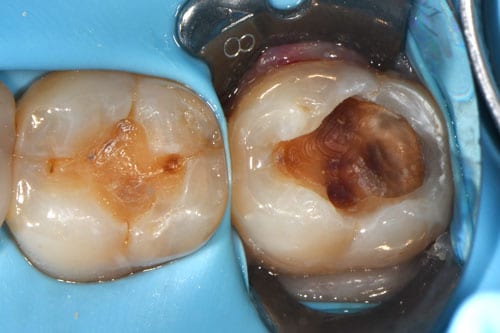
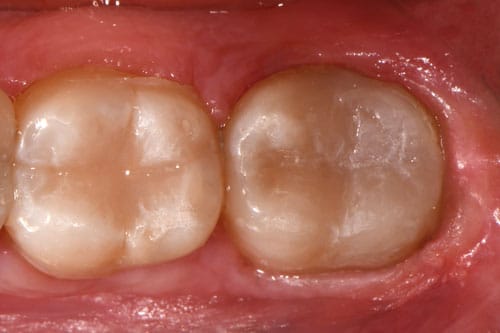
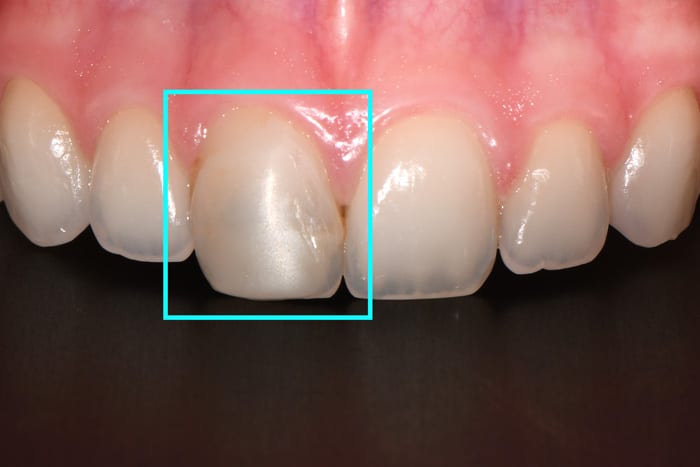
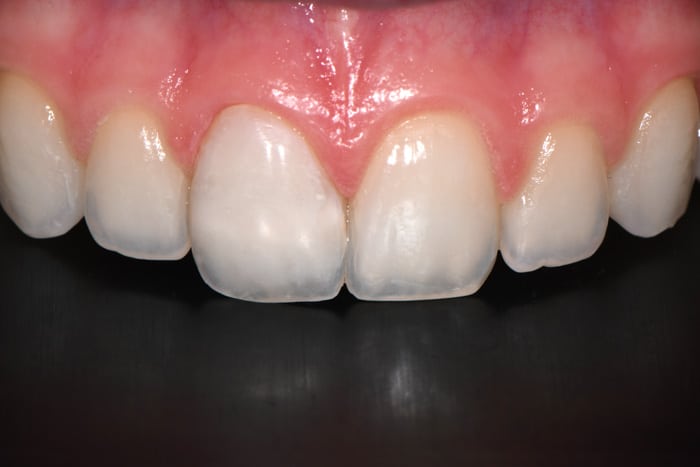
Bonded composite is a wonderful material for restorations as it is available in a wide range of tooth coloured shades, allowing the appearance of the filling to closely match the adjacent tooth structure. It is a type of adhesive filling material that bonds directly to the remaining tooth structure, allowing tooth preparation to be kept to a minimum, and also most importantly reducing the likelihood of further breakage of remaining tooth structure.
Tooth Coloured fillings for a more natural appearance
Treating dental decay and replacing old fillings
After removing decay or the old filling and preparing the tooth, the restoration is bonded to the tooth, layer by layer, using a special strong LED light source to set the material. When the process is complete, the restoration is shaped and polished. A hermetic seal to the tooth is important, and is made possible by carefully keeping the prepared tooth dry, and with the use of special dental adhesives.
Preserving your natural tooth
Replacing large fillings –
Inlays, Onlays and Overlays
These kind of restorations are frequently used to restore extensively filled, fractured or very decayed teeth as well as to reduce the likelihood of the tooth fracturing in the future.
Our aim is to always try and restore teeth with bonded tooth coloured fillings when they will provide the best chance of success.
We therefore recommend these kind of restorations in situations where there just is not enough sound tooth structure left for placement of a bonded filling. The choice of using an Onlay as opposed to a Crown for restoring your tooth, is that it allows more natural tooth to be retained.
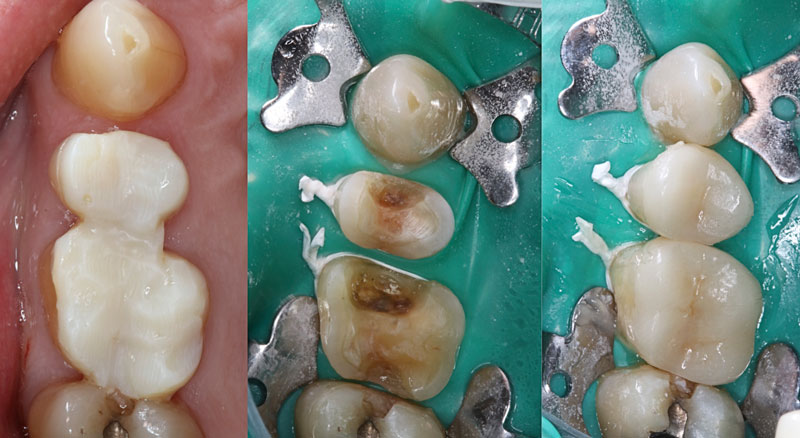
These two back teeth had been heavily filled in the past. The remaining dental structure was insufficient to hold a new conventional filling, but we conservatively restored these teeth with laboratory-made porcelain overlays.
